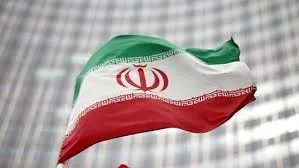It’s a major decision that will likely please Bangladesh’s opposition parties because the interim government led by Muhammad Yunus has chosen to withdraw the image of Bangladesh’s nation-founding father, Sheikh Mujibur Rahman, from its currency notes.
As of this writing, central Bank officials have confirmed that Bangladesh will withdraw the image of ‘Bangabandhu,’ the name by which many fondly refer to him, from the Taka 20, 100, 500, and 1,000 banknotes.
The Dhaka Tribune reported that the new notes will not carry the image of ‘Bangabandhu‘ but rather images of religious structures, Bengali traditions, and artwork that symbolises the July uprising, a student protest that gradually turned into an all-out protest against the government. The new design will replace political figures with cultural and national symbols.
Timeline of the New Notes‘ Launch
Bangladesh Bank’s executive director, Husneara Shikha, said that the new currency notes may be introduced within six months. The first phase will be of four specific denominations and subsequent changes in other denominations would be made gradually. “I hope the new notes could be released in the market within the next six months,” Shikha told reporters.
The Background of the July Uprising and Impact
The decision follows the July uprising – this period saw protests spearheaded by students that called for quota reforms. The protests mushroomed to broader anti-government protests, in which the political tension heightened. Vandalism ensued, including toppling of statues and portraits of Sheikh Mujibur Rahman. Radical Islamist groups hijacked the protests, targeting memorials and images of the nation’s founding father.
Changing Symbols of National Identity
The removal of Sheikh Mujibur Rahman’s image from the banknotes of the country depicts a new way in which the nation wishes to present itself through its currency. The redesigned notes will carry national values related to religion, culture, and history, leaving behind the political symbolism that characteriSed the earlier designs of the currency.
Introducing new-designed currency notes into Bangladesh has signalled an important step of change in the political and cultural life of this nation. The change would thus be symbolic as well as practically impactful for the nation that is still trying to struggle out of intricate political and social challenges.






















